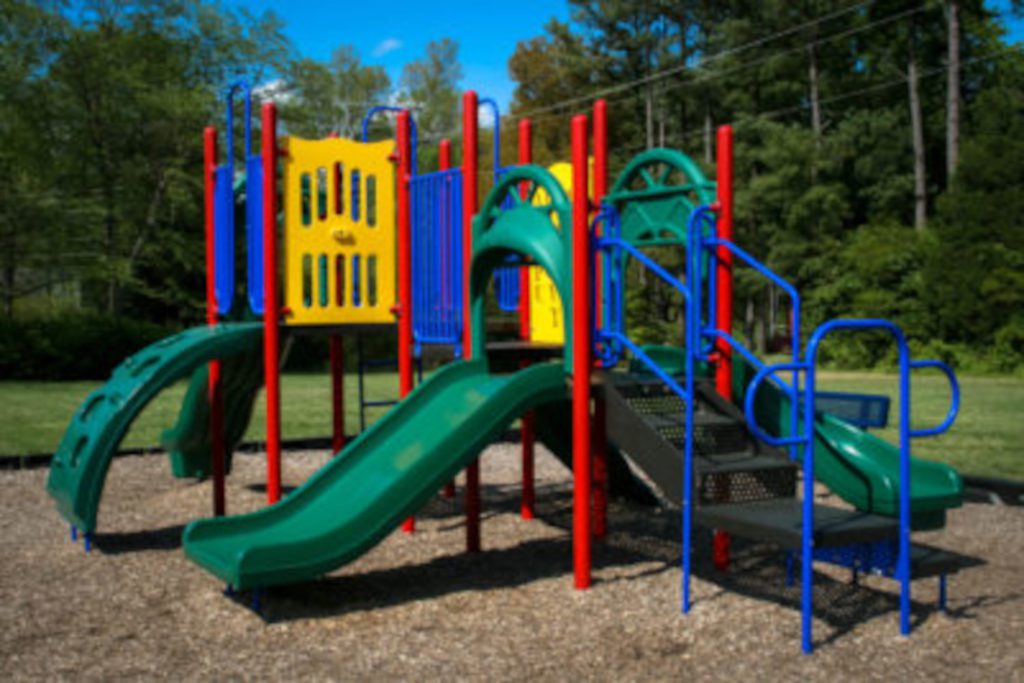Each year, children are injured or killed as a result of playground hazards, such as sharp edges, hot surfaces and surfacing, hard surfacing material, impacts from protrusions, poorly maintained equipment, or from head entrapments and entanglements. The United States Consumer Product Safety Commission estimates that more than 200,000 children each year are injured severely enough on playgrounds to necessitate a trip to a hospital. Also the Commission estimates that between 5 and 15 children die each year as a result of dangerous or defective playgrounds.
Other states have playground safety laws that create standards for playgrounds to try and prevent these tragedies. In an effort to curtail child playground injuries, Senator Eleanor Sobel (Hollywood – Dem) has proposed SB 406 on Florida Playground Safety. This bill, if enacted into legislation, would create 501.927, Florida Statutes, and would cover safety concerns for playgrounds that are open to the public.
The legislation would require compliance with National Playground Safety Guidelines from the U.S. Consumer and Product Safety Commission. As defined in SB 406, “Playground safety standards and guidelines” means the ASTM International playground safety standard specifications F1292, F1487, F1918, and F2049 and the playground safety guidelines published in the Public Playground Safety Handbook, Publication No. 325, November 2010 edition, by the United States Consumer Product Safety Commission.
The Bill calls for a phased rollout of compliance. For example, all playgrounds built or installed after July 1, 2017, would need to comply with the National Playground Safety Guidelines. All existing playgrounds must comply with the national standards by July 2, 2022. By July 1, 2018, each playground that is open to the public and owned or operated by a public agency or playground owner must undergo an initial inspection by a certified playground safety inspector. The owner can obtain a written report of the playground safety inspector’s findings.
For purposes of the SB 406, a “Public playground owner” would include an entity that owns or operates a playground, including a subdivision, park, school, apartment complex, hotel, motel, resort, campground, office, hospital, shopping center, child care facility, homeowners’ association, or restaurant. The term does not include a foster home, group home, or family day care home. “Park” means all public and private property specifically designated as being used for recreational purposes where children regularly congregate. “Playground” means an indoor or outdoor area designated for children which has one or more non-mechanized structures, including swings, seesaws, stationary spring-mounted features, rider-propelled merry-go-rounds, climbers, slides, and surfacing material. The term does not include improved outdoor or indoor areas intended for use as athletic playing fields or courts.
We will continue to track the progress of SB 406 through the legislature as its enactment can have lasting impacts on community associations in Florida.

